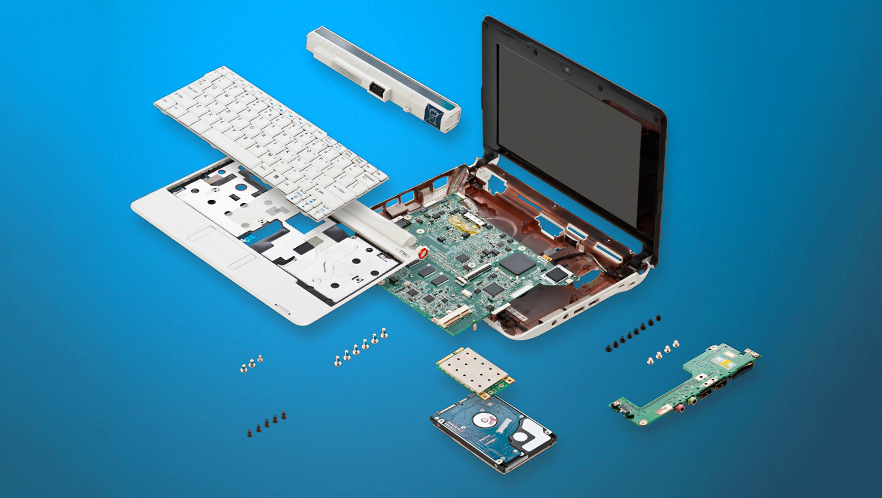Shopping for a laptop can be tough, especially when you add technical terms into the mix.
 But don’t worry, we have an expert to translate the jargon.
But don’t worry, we have an expert to translate the jargon.
That expert is Geek Squad Agent and college student Daniel Bellorin from Tallahassee, Florida. When it comes to understanding the lingo, he says, don’t be scared. “It seems like a lot of information, but once you learn what it all means, it can really help pick out the best laptop for you.”
Here are some common terms and what they mean.
Operating System
Daniel says the operating system controls what the computer can do. There are three main operating systems: Windows, OS X and Chrome OS.
- Windows is compatible with the most programs. And some universities require the computer to have certain programs that won’t run on any other operating system.
- OS X is Apple’s operating system, so it’s only available on Mac computers.
- Chrome OS is cloud driven, meaning that everything is stored on the internet, so if you lose your computer, you won’t lose your documents.
Graphics Card
The graphics card adds RAM, or memory, and is specifically used for video processing or 3D rendering, so really anything that’s graphically intense. Engineering students (and PC gamers) might need graphics cards for their laptops to process programs more quickly.
Processor
The laptop’s processor is the brain of the computer. It works with the memory to determine how fast your computer can run programs and how many you can run at one time.
Most laptops operate on Intel or AMD processors:
- Intel’s most common is the Core series, found in the latest MacBook and a lot of Windows laptops. This includes Core i3, i5 and i7 – the higher the number, the faster programs will run.
- AMD Ryzen processors run demanding programs at the same time, while offering great visuals and a healthy battery life. Processors include: Ryzen 3, 7 and 5.
Random Access Memory (RAM)
RAM, or memory, is how much you can do at once while working on your computer. If you have enough RAM, you can run as many programs as you need without slowing the computer down.
Here’s Daniel’s analogy: Think about your laptop as the kitchen. You are the processor. Your RAM is the amount of pots and pans you have in the kitchen to cook your meals at the same time, and storage is the pantry.
Storage
The two types of storage are Solid State Drives and Hard Disk Drives, and both refer to the number of files you can hold in your computer.
- Solid state drives (also known as SSD) are quick to access and store files. The overall storage amount might be lower, but it will be much faster. When paired with a fast processor, your programs are going to run very quickly.
- Traditional, mechanical drives are less expensive and offer larger capacities, but they add to the weight and noise of your laptop.
“A lot of people get memory and storage confused. But when you break it down, memory is how much you can do on your computer. Storage is how much you can hold in your computer,” Daniel said.
Resolution
Resolution is how clear an image looks. Lower resolution means the pixels are bigger relative to the screen, but with higher resolution, the pixels are smaller, making it a clearer picture.
What to remember:
- First in TVs, and now in laptops, 4K Ultra HD has four times the pixels of full HD, creating lifelike graphics and images.
- High definition, or 1080p, is the standard for mainstream laptops. The resolution is good for casual gaming or movie watching.
- Retina display is Apple’s own resolution that produces a high-quality picture.
Daniel says keep in mind that the higher the resolution, the quicker your battery life might decrease.
For more information on which specs are right for you and to learn about our student deals, stop by your local Best Buy store or visit the Student Hub at BestBuy.com.


